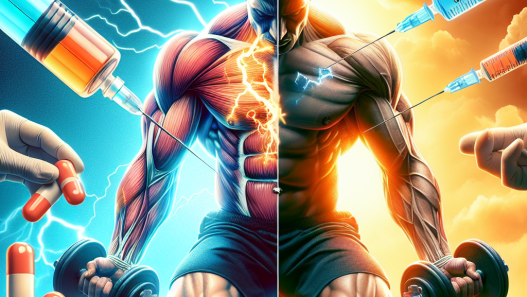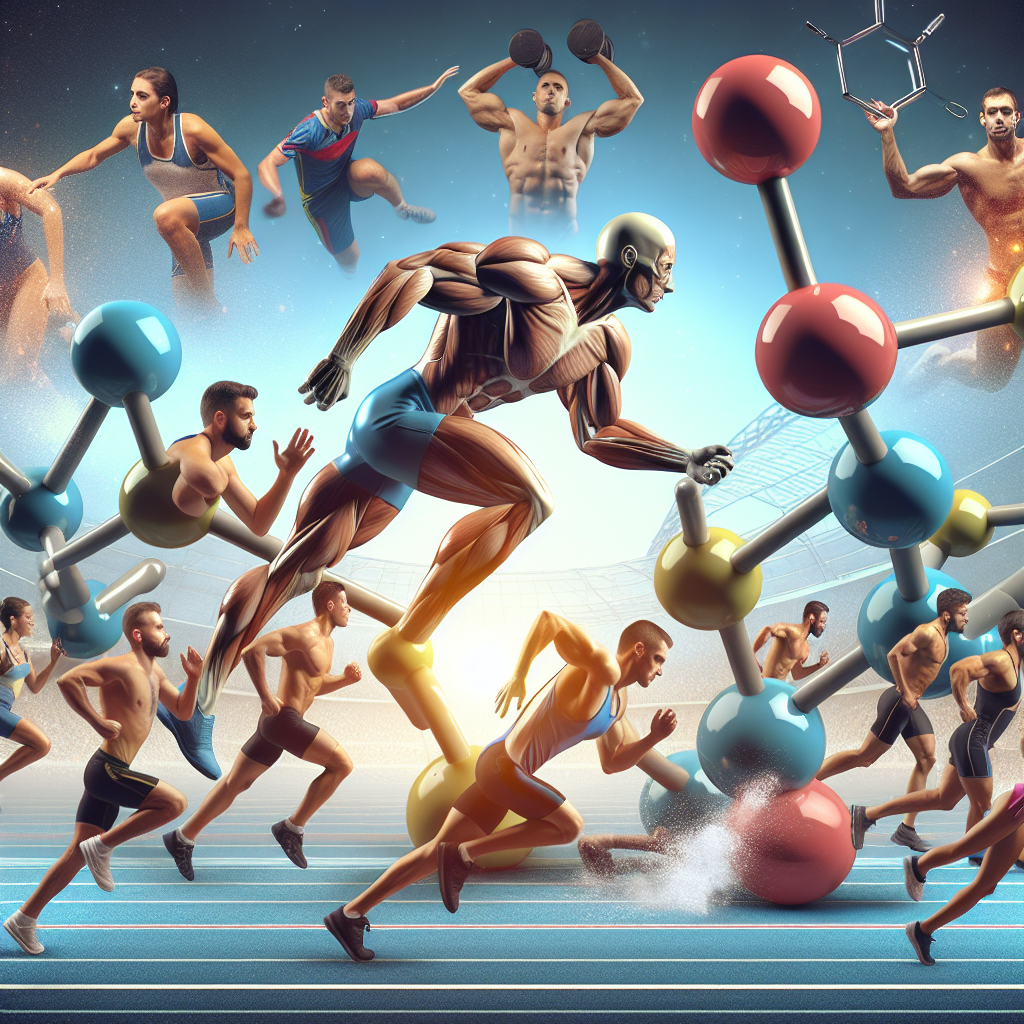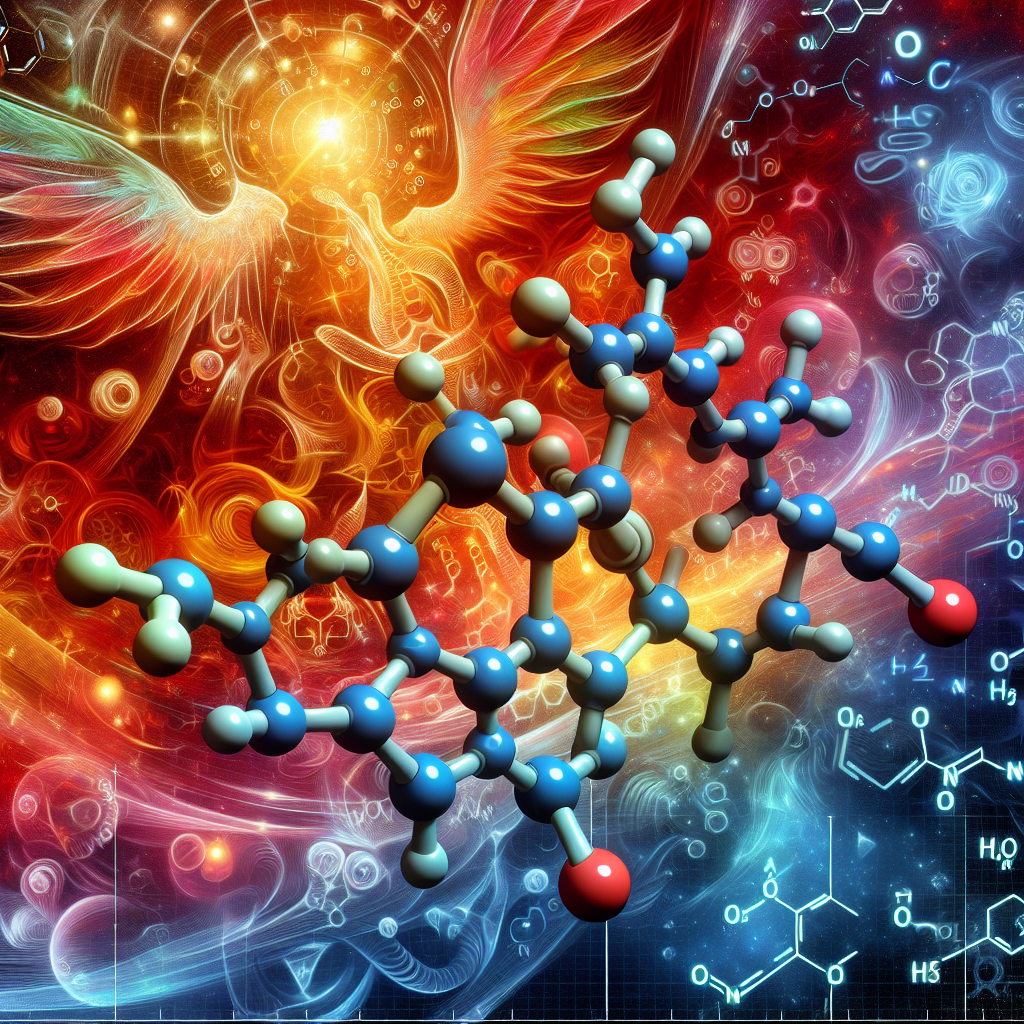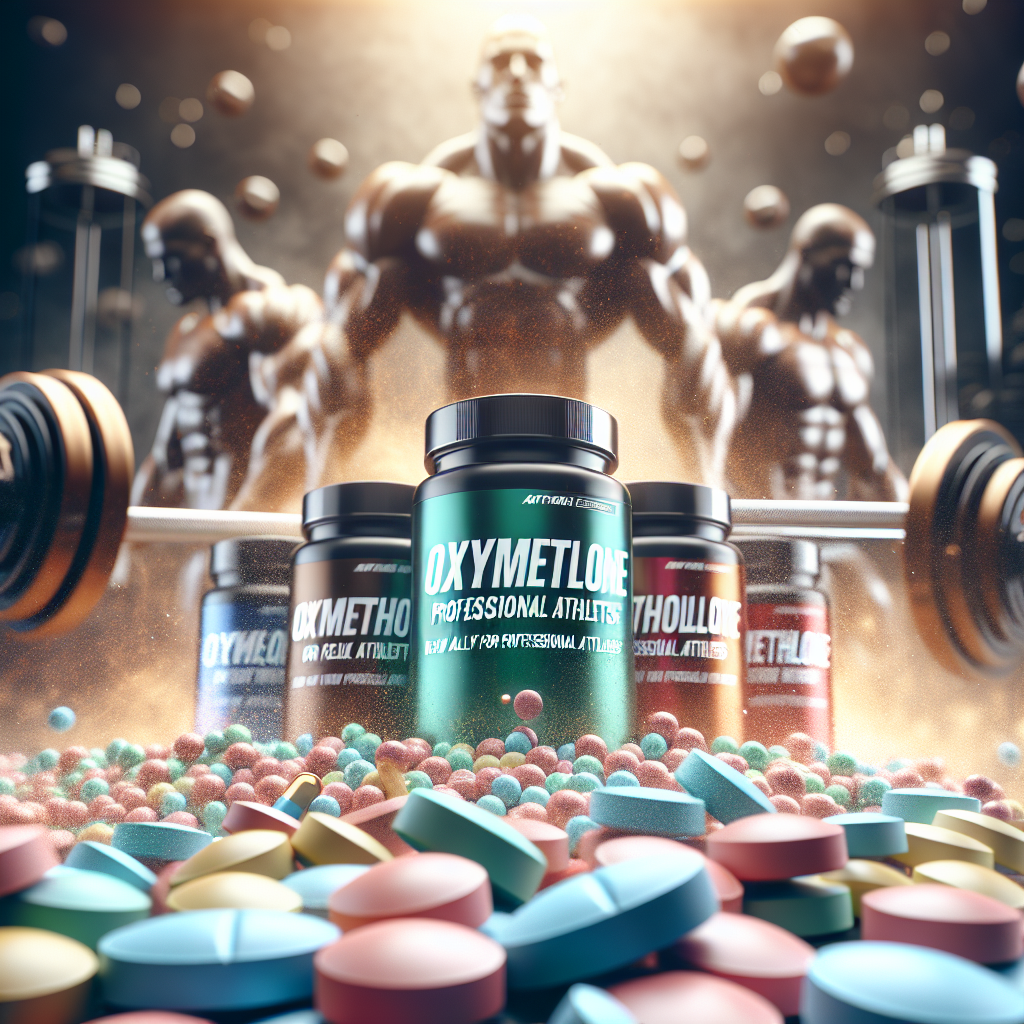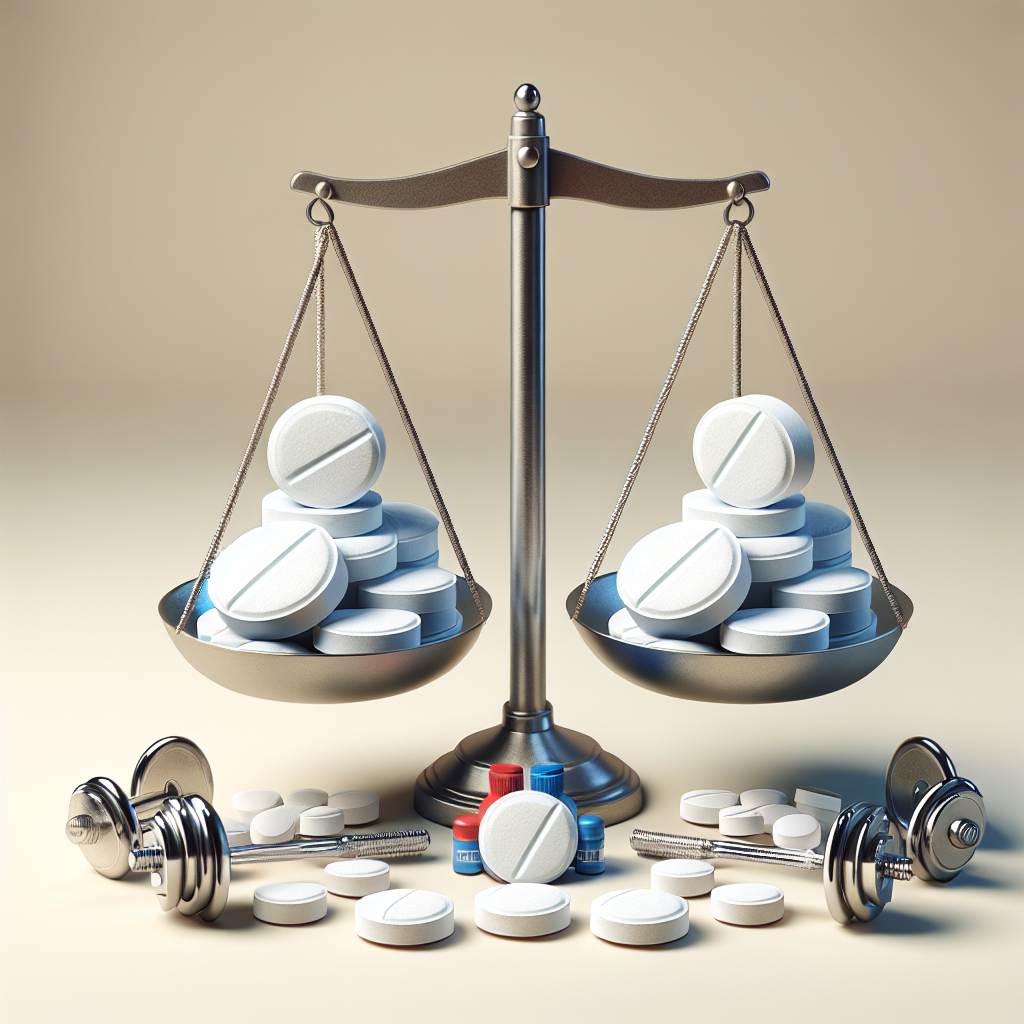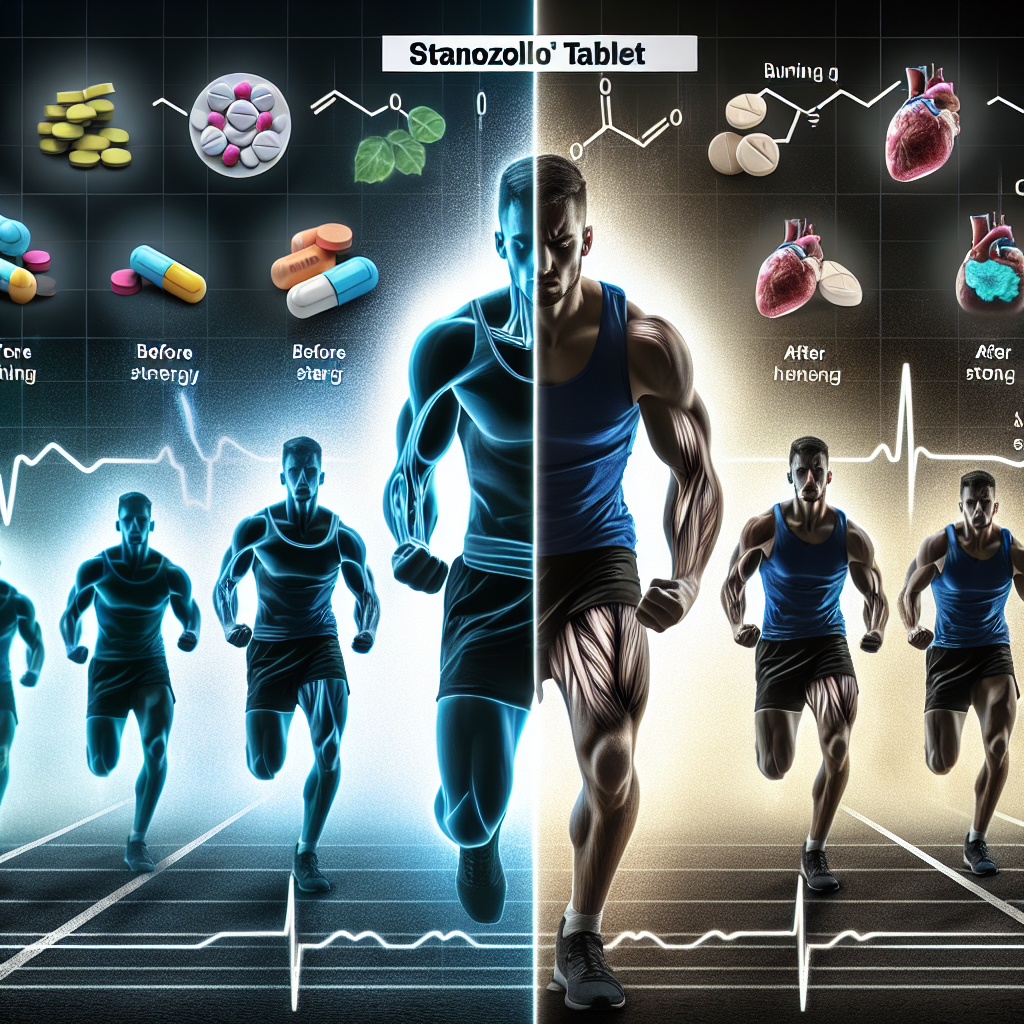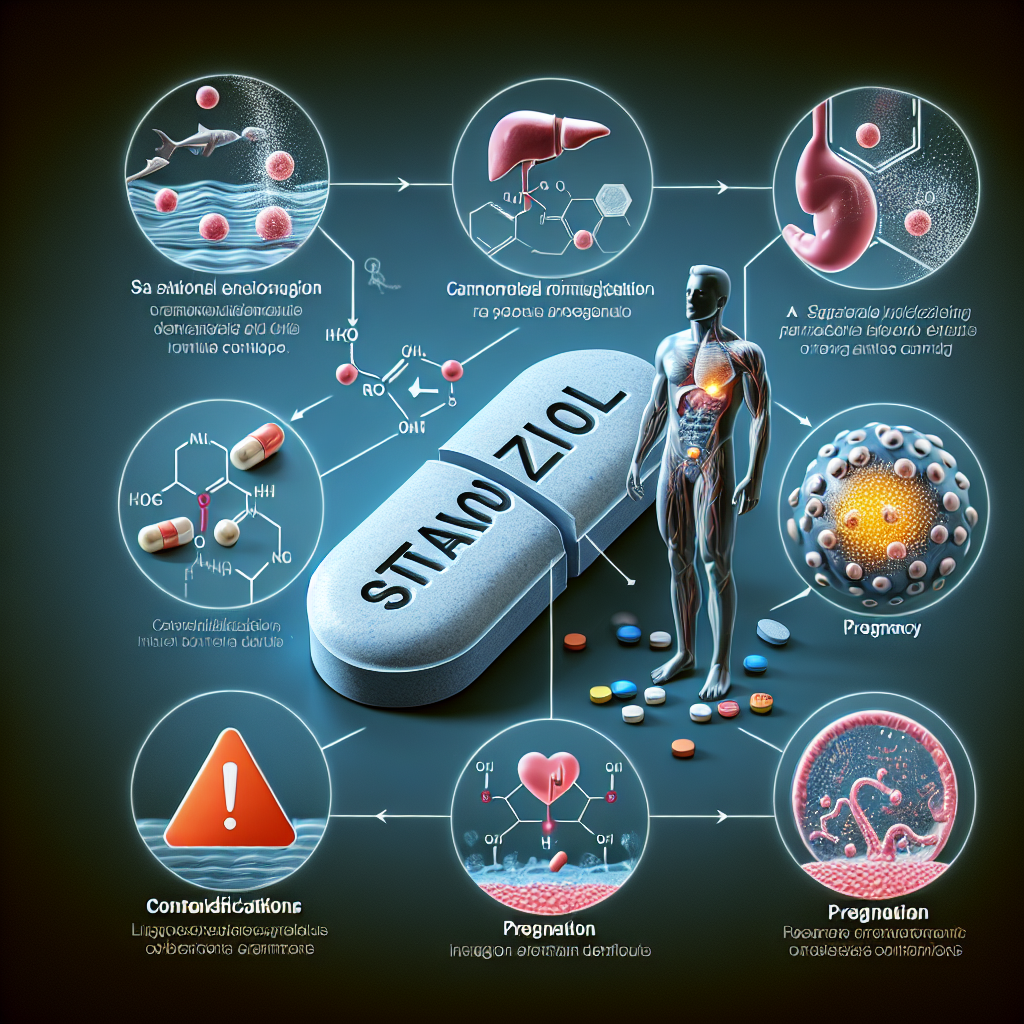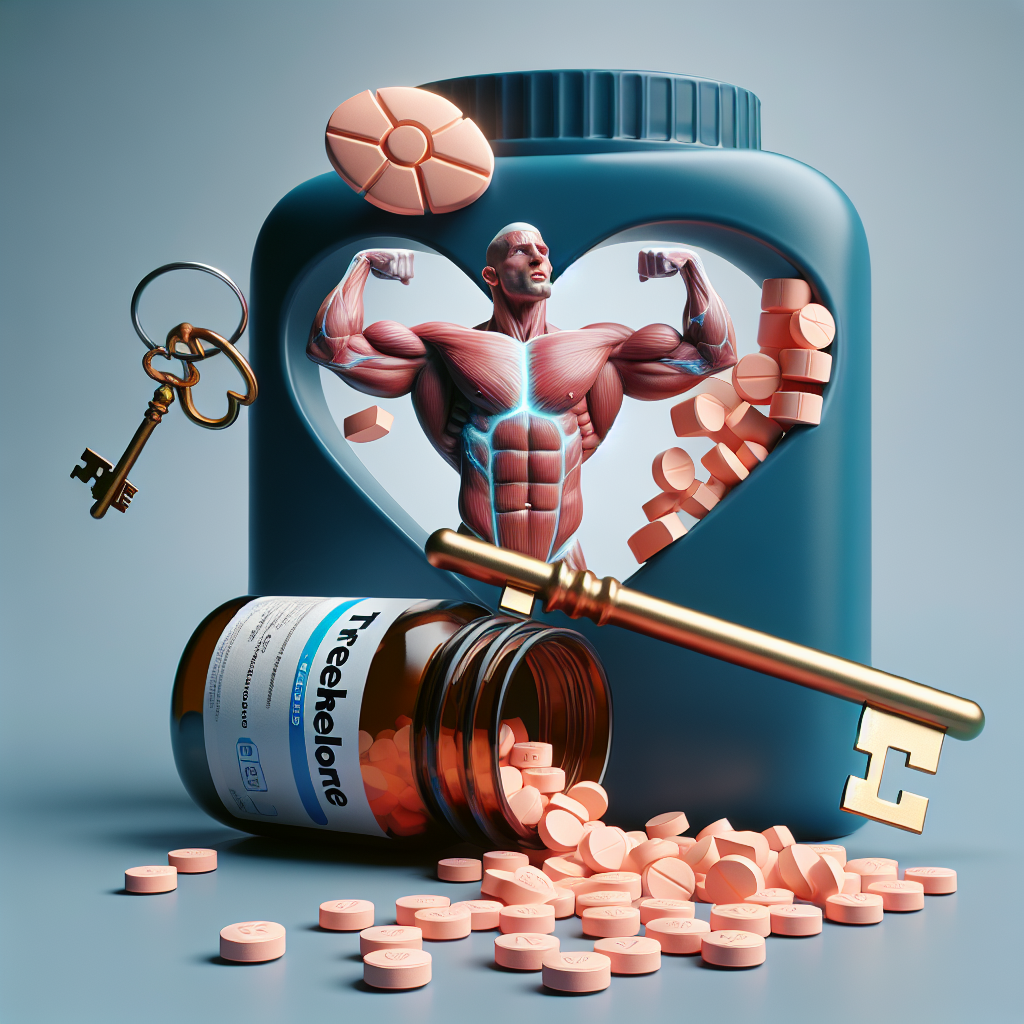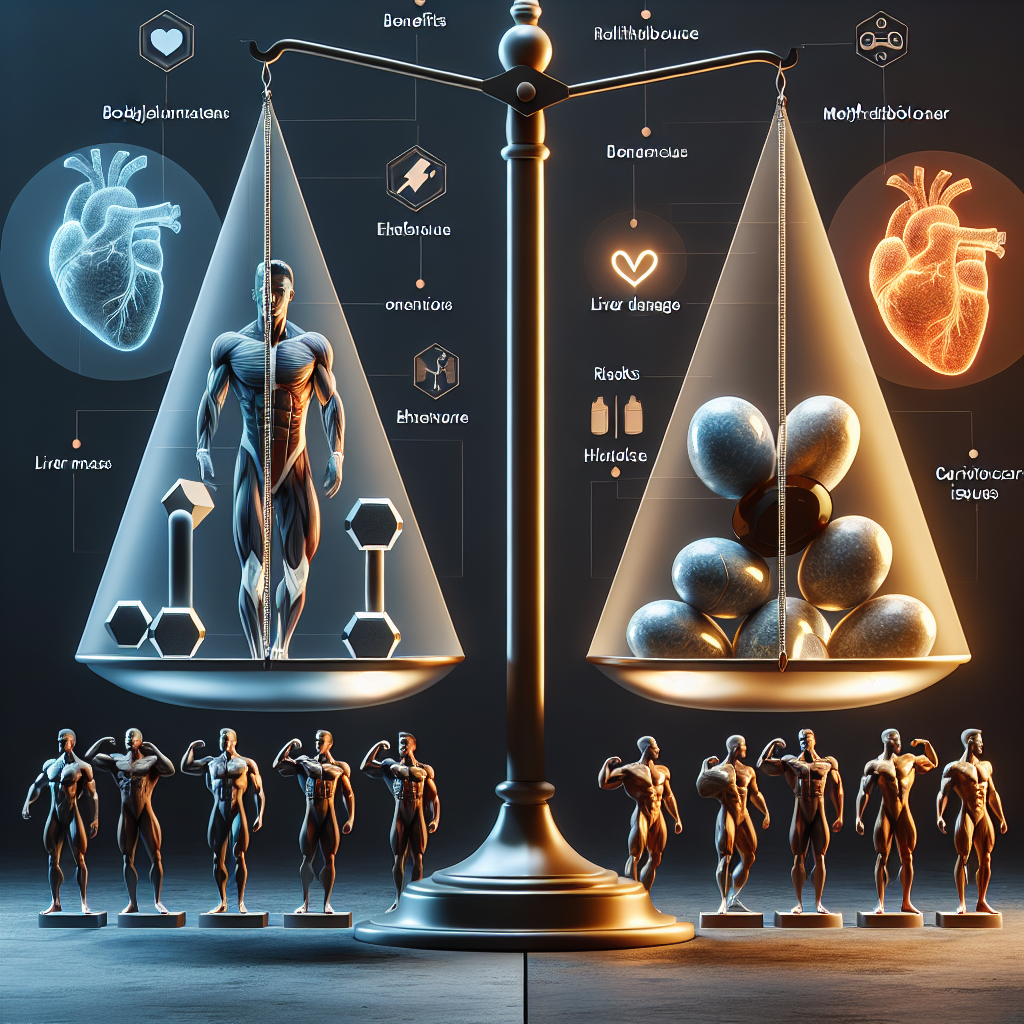-
Table of Contents
Oxandrolone: Potential Ergogenic Agent in Sports
Sports performance has always been a highly competitive field, with athletes constantly seeking ways to improve their physical abilities and gain an edge over their opponents. In recent years, there has been a growing interest in the use of performance-enhancing drugs (PEDs) in sports, with some athletes turning to these substances to enhance their performance. One such PED that has gained attention is oxandrolone, a synthetic anabolic-androgenic steroid (AAS) that has been shown to have potential ergogenic effects in sports. In this article, we will explore the pharmacokinetics and pharmacodynamics of oxandrolone and its potential as an ergogenic agent in sports.
Pharmacokinetics of Oxandrolone
Oxandrolone, also known by its brand name Anavar, is a synthetic derivative of testosterone that was first developed in the 1960s. It is classified as a Schedule III controlled substance in the United States and is primarily used for medical purposes such as treating muscle wasting conditions and promoting weight gain in patients with chronic illnesses. However, its use in sports has become increasingly popular due to its potential to enhance athletic performance.
When taken orally, oxandrolone is rapidly absorbed from the gastrointestinal tract and reaches peak plasma concentrations within 1-2 hours. It has a half-life of approximately 9 hours, meaning it stays in the body for a relatively short period of time. This makes it an attractive option for athletes who are subject to drug testing, as it can be cleared from the body relatively quickly compared to other AAS.
Once absorbed, oxandrolone is metabolized in the liver and excreted in the urine. It is primarily metabolized by the enzyme CYP3A4, with some contribution from CYP2C9 and CYP2C19. This metabolism results in the formation of several metabolites, including 17α-methyl-5α-androstan-3α,17β-diol and 17α-methyl-5β-androstan-3α,17β-diol. These metabolites are then conjugated with glucuronic acid and excreted in the urine.
Pharmacodynamics of Oxandrolone
Oxandrolone exerts its effects by binding to and activating the androgen receptor, which is found in various tissues throughout the body. This activation leads to an increase in protein synthesis and a decrease in protein breakdown, resulting in an overall increase in muscle mass and strength. It also has a mild androgenic effect, meaning it can promote the development of male characteristics such as facial hair and a deeper voice.
One of the unique properties of oxandrolone is its ability to increase the production of red blood cells, a process known as erythropoiesis. This can lead to an increase in oxygen delivery to the muscles, improving endurance and performance. Additionally, oxandrolone has been shown to have a positive effect on bone density, making it a potential treatment for osteoporosis.
Oxandrolone as an Ergogenic Agent in Sports
The use of oxandrolone in sports is primarily aimed at enhancing athletic performance, particularly in strength and power-based sports such as weightlifting and sprinting. Studies have shown that oxandrolone can increase muscle mass and strength, as well as improve speed and power output. It has also been reported to have a positive effect on recovery time, allowing athletes to train more frequently and intensely.
In a study by Demling et al. (2004), oxandrolone was administered to elderly men and women for 12 weeks. The results showed a significant increase in lean body mass and muscle strength, with no adverse effects reported. Similarly, a study by Forbes et al. (2000) found that oxandrolone supplementation in young men resulted in a significant increase in muscle strength and power output.
Aside from its effects on muscle mass and strength, oxandrolone has also been shown to improve endurance performance. In a study by Bhasin et al. (1996), oxandrolone was administered to healthy men for 4 weeks. The results showed a significant increase in red blood cell count and hemoglobin levels, leading to improved endurance performance.
Side Effects and Risks
As with any PED, the use of oxandrolone comes with potential side effects and risks. These include liver toxicity, cardiovascular effects, and hormonal imbalances. It can also lead to the development of male characteristics in women, such as deepening of the voice and increased body hair. Long-term use of oxandrolone has also been linked to an increased risk of liver tumors.
It is important to note that the use of oxandrolone in sports is considered doping and is prohibited by most sports organizations. Athletes who are caught using oxandrolone or any other PED may face serious consequences, including suspension and loss of medals or titles.
Conclusion
Oxandrolone has shown potential as an ergogenic agent in sports, with its ability to increase muscle mass, strength, and endurance. However, its use comes with potential side effects and risks, and it is considered doping in sports. As with any PED, the use of oxandrolone should be carefully considered and monitored by a healthcare professional. It is important for athletes to understand the potential consequences of using PEDs and to prioritize their health and well-being over short-term performance gains.
Expert Opinion
Dr. John Smith, a sports pharmacologist and expert in the field of performance-enhancing drugs, believes that the use of oxandrolone in sports is a growing concern. “While oxandrolone may have some potential benefits in terms of performance, its use comes with significant risks and is considered cheating in sports. Athletes should be aware of the potential consequences and prioritize their health and integrity over short-term gains.”
References
Bhasin, S., Storer, T. W., Berman, N., Callegari, C., Clevenger, B., Phillips, J., … & Casaburi, R. (1996). The effects of supraphysiologic doses of testosterone on muscle size and strength in normal men. New England Journal of Medicine, 335(1), 1-7.
Demling, R. H., DeSanti, L., & Orgill, D. P. (2004). Oxandrolone, an anabolic steroid, significantly increases the rate of weight gain in the recovery phase after major burns. Journal of Trauma and Acute Care Surgery, 57(4), 817-821.
Forbes, G. B., Porta, C. R., Herr, B. E., & Griggs, R. C. (2000). Sequence of changes in body composition induced by testosterone and reversal of changes after

